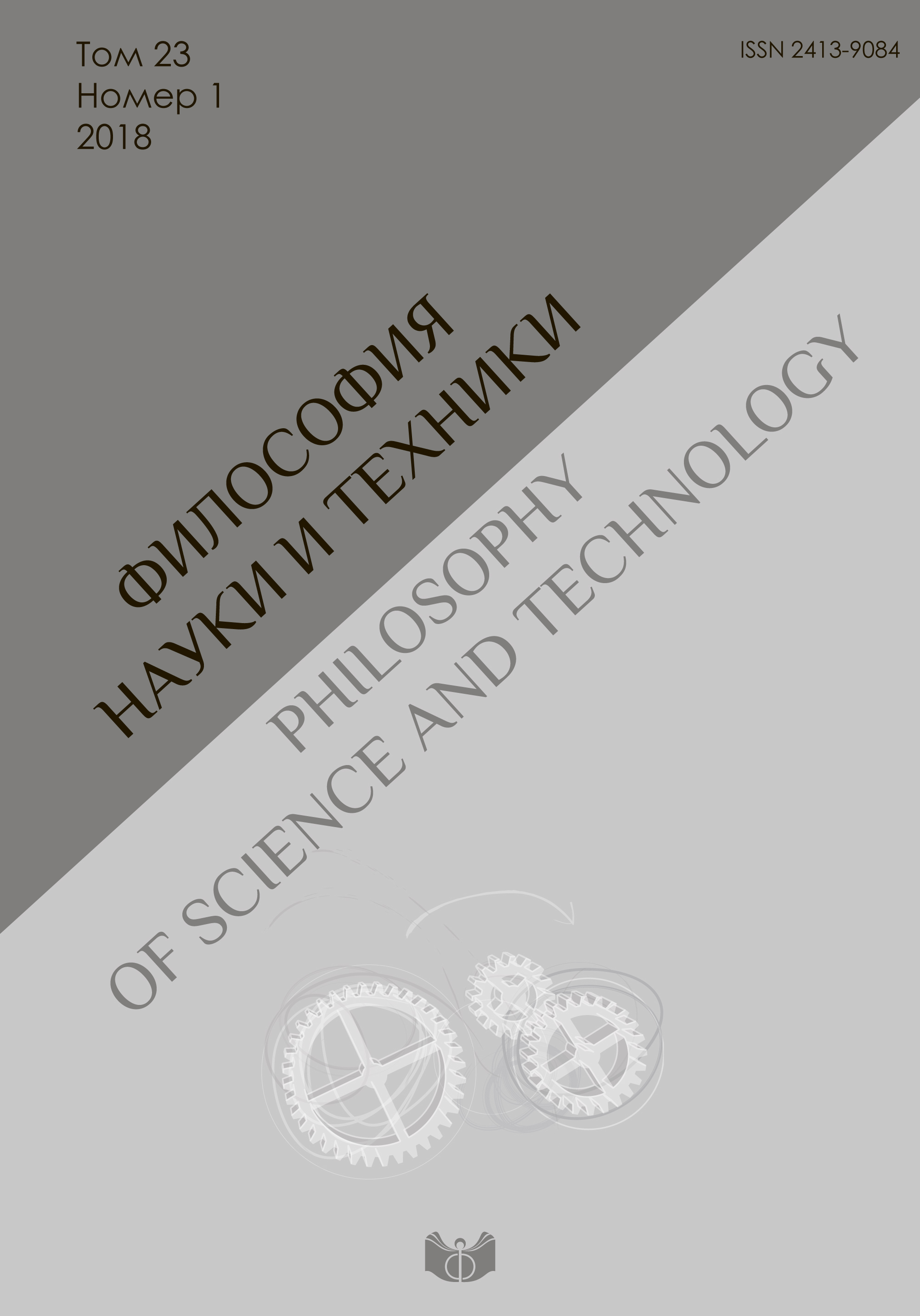Философская интерпретация современных подходов к созданию квантовой теории гравитации
DOI:
https://doi.org/10.21146/2413-9084-2018-23-1-54-67Ключевые слова:
философия науки, квантовая гравитация, космология, общая теория относительности, квантовая теория поля, голографический принцип, теория струн, AdS/CFT соответствиеАннотация
В статье дается философская интерпретация подходов к созданию квантовой теории гравитации. Анализируются ключевые для данной задачи аспекты общей теории относительности и Стандартной модели, проясняется содержание соответствующих понятий (гравитация, частица, поле и др.). Устанавливаются причины проблематичности создания квантовой теории гравитации, предлагается интерпретация существующих проблем, в частности, обсуждается проблема несовместимости уравнений квантовой теории и общей теории относительности. Опираясь на философский анализ ряда современных результатов из области теоретической физики, автор указывает возможное направление для создания квантовой теории гравитации. Оно формируется путем совмещения следствий некоторых концепций струнной теории и голографического принципа со свойствами квантово-механической запутанности. Исторически считалось фактически аксиомой, что мир устроен локально, т. е. не может быть взаимодействий через пустое пространство. В теории гравитации Ньютона возникла проблема: сила тяготения распространялась мгновенно и без посредников. Сколь угодно удаленные тела взаимодействовали друг с другом нелокально. Это был математический вызов физике того времени. Впоследствии проблема получила позитивное решение: гравитационное взаимодействие распространяется с конечной скоростью – скоростью света. Так же решился и вопрос отсутствия посредников – ими стали гравитоны, правда, гипотетические. Однако современная квантовая теория поля не локальна (следствие запутанности), причем в обоих смыслах: для передачи взаимодействия не нужны как временны́е затраты, так и представление о физических посредниках. В самом сильном смысле речь идет о том, что само пространство не локально (при принятии многомерности). Показывается, что запутанность, по всей видимости, дуально связана с гравитацией, и нелокальность является свойством многомерного пространства. Проблема в том, что этот результат буквально не применим к нашей реальности и описывает возможные (с точки зрения возможного многообразия законов физики) миры. Обсуждается, может ли, несмотря на это, теория оставаться научной и являться хорошим приближением к наблюдаемой физической реальности.









 Институт философии РАН
Институт философии РАН